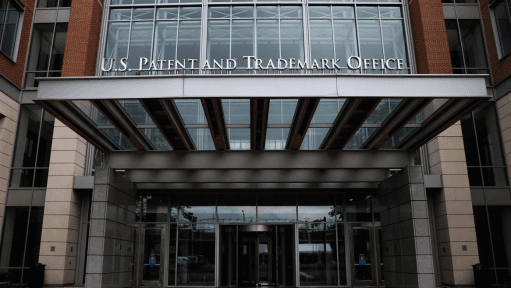
USPTO Final Rule Revamps Motion to Amend Process in Inter Partes Review Proceedings
New Regulations Introduce Preliminary Guidance from PTAB, Enhancing Patent Owners' Opportunities to Amend Claims and Navigate Patent Litigation.
The United States Patent and Trademark Office (USPTO) issued a final rule that significantly impacts the handling of motions to amend during inter partes review (IPR) proceedings before the Patent Trial and Appeal Board (PTAB). IPRs have become an integral part of patent litigation, allowing third parties to challenge the validity of issued patent claims.
Under the America Invents Act (AIA), IPRs allow a patent owner to file a motion to amend the original claims of a patent if the PTAB finds the challenged claims unpatentable. This process is governed by 35 U.S.C. § 316(d). If the motion is granted, the amended claims replace the original claims in the patent.
Key Changes in the Final Rule
The USPTO’s September 18, 2024 final rule introduces important changes to the motion to amend process, largely in response to public comments on the proposed rulemaking issued on March 4, 2024. This final rule codifies several provisions from the USPTO’s motion to amend pilot program, first introduced in March 2019, aimed at improving the chances of patent owners successfully amending claims.
One of the key provisions of the final rule is the patent owner’s ability to receive preliminary guidance from the PTAB on proposed claim amendments before the final written decision. This guidance offers the patent owner feedback that may improve the likelihood of having a motion to amend granted, addressing a longstanding criticism that the PTAB rarely granted such motions under the previous framework.
Historical Challenges and the Evolution of Motions to Amend
Initially, motions to amend in IPRs faced criticism, particularly due to the low rate at which the PTAB granted them. A central issue was whether the PTAB could independently raise grounds of unpatentability for the proposed amended claims, especially when the petitioner did not oppose the motion. The new rule helps clarify these concerns by formalizing the process and providing patent owners with early feedback, increasing transparency and predictability in IPR proceedings.
The Impact of Preliminary Guidance
The preliminary guidance offered under the final rule allows patent owners to refine their amendments based on PTAB feedback before a final decision is issued. This provision aligns with the USPTO’s effort to streamline the process and reduce the procedural disadvantages faced by patent owners in IPRs. While not binding, the guidance can serve as an essential tool in strengthening motions to amend and avoiding unnecessary litigation steps.
Conclusion
The USPTO’s final rule on motions to amend in IPRs marks a significant shift in patent litigation practice. By codifying the ability to receive preliminary PTAB guidance and addressing past criticisms, the new rule aims to create a more balanced and efficient system for patent owners seeking to amend claims. As these changes take effect, they are likely to alter the dynamics of IPR proceedings and provide patent owners with enhanced opportunities to protect their intellectual property.
For any enquiries or information, contact ask@tlr.ae or call us on +971 52 644 3004. Follow The Law Reporters on WhatsApp Channels